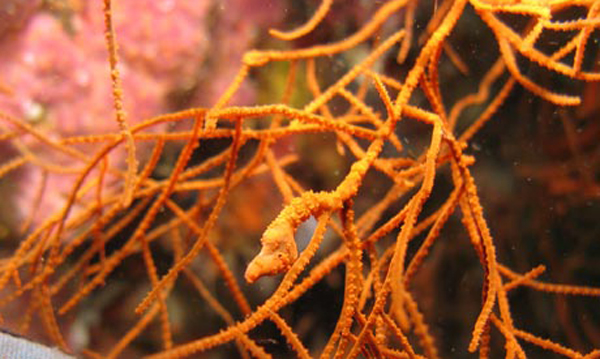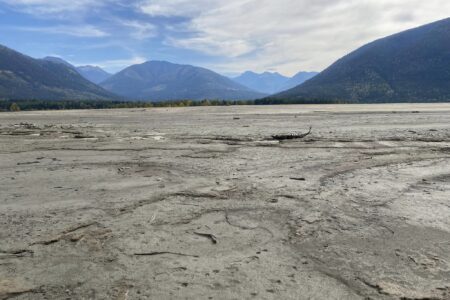'Laughing' cicada among new species found in Philippines
By Sunshine Lichauco de Leon, guardian.co.uk
A shark whose markings make it appear camouflaged for the desert and “laughing” cicadas are among 300 new species discovered by scientists in the Philippines.
The six-week expedition of 35 US and Filipino experts led by California Academy of Sciences discovered 200 new marine invertebrates, 11 new fish, and at least 40 new spiders.
The scientist John McCosker told AFP the team discovered several small catsharks with brown backs, dark stripes and white bellies, colours which he had never seen on any other shark before.
Dr Terry Gosliner, curator at the California Academy of Sciences, said the Philippines’ complex geological history made it a goldmine of new life forms.
“This is the place where the action is. The Philippines has more diversity on land and sea than any other place on earth.”
Most of the marine exploration was focused on the Verde Island Passage, a deep-water channel separating the island of Luzon from Mindoro for at least 60 million years.
“If the Philippines is the centre of marine biodiversity, this area is the centre of the centre. It’s been very stable for so long that marine life has really flourished,” said Goslinger.
The hunt for new species on land was focused on four relatively unexplored mountains on the southern island of Luzon, which face threats from climate change, deforestation and poaching.
Among the other discoveries, the entomologist Ireneo Lit said his team had found a cicada that made a sound like high-pitched laughter.
“The local residents were afraid of them. They thought the laughter was from dwarves, laughing dwarves,” he told AFP of the insect found on 2,158-metre Mount Banahaw, a volcano on Luzon.
Gosliner has been studying the Philippines for 20 years and says he is encouraged that many protected shallow water areas are in better shape than when he first arrived.
However, the expedition was concerned by the state of deeper waters.
“There were a lot fewer fishes than I would have expected and a lot more plastic,” said Goslinger. “We used nets dragging from our trawler to explore areas deeper than 80 metres and each of our 40 trawls brought up lots of plastic in their nets – in some cases more plastic than life. The ocean is being over fished and clearly used as a garbage dump.”























Comments